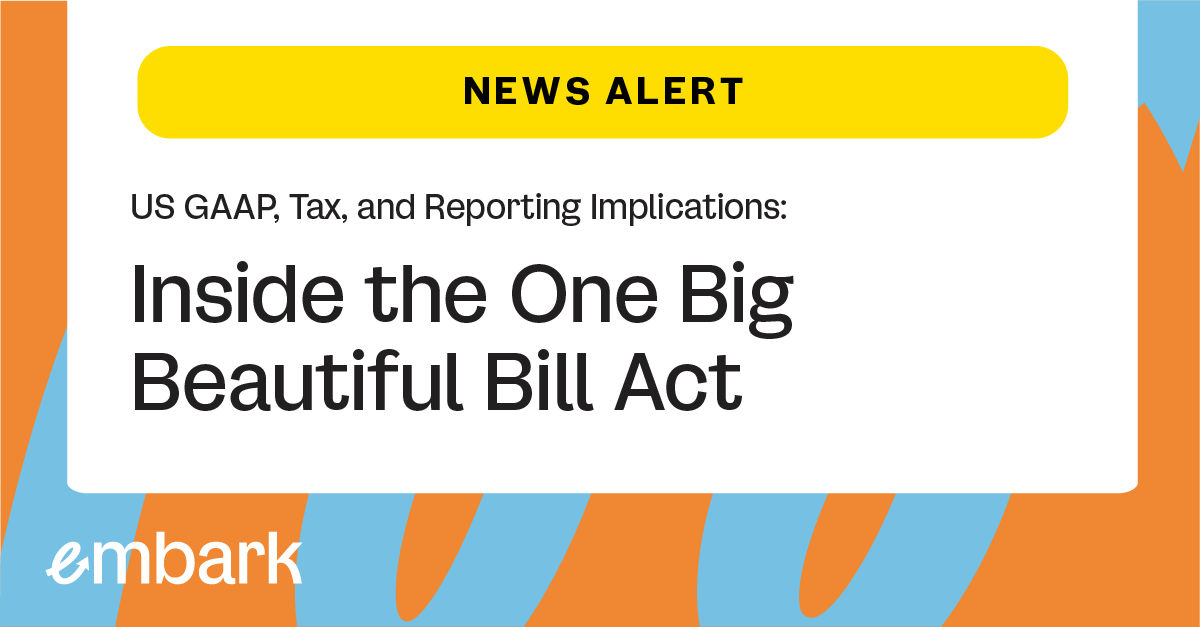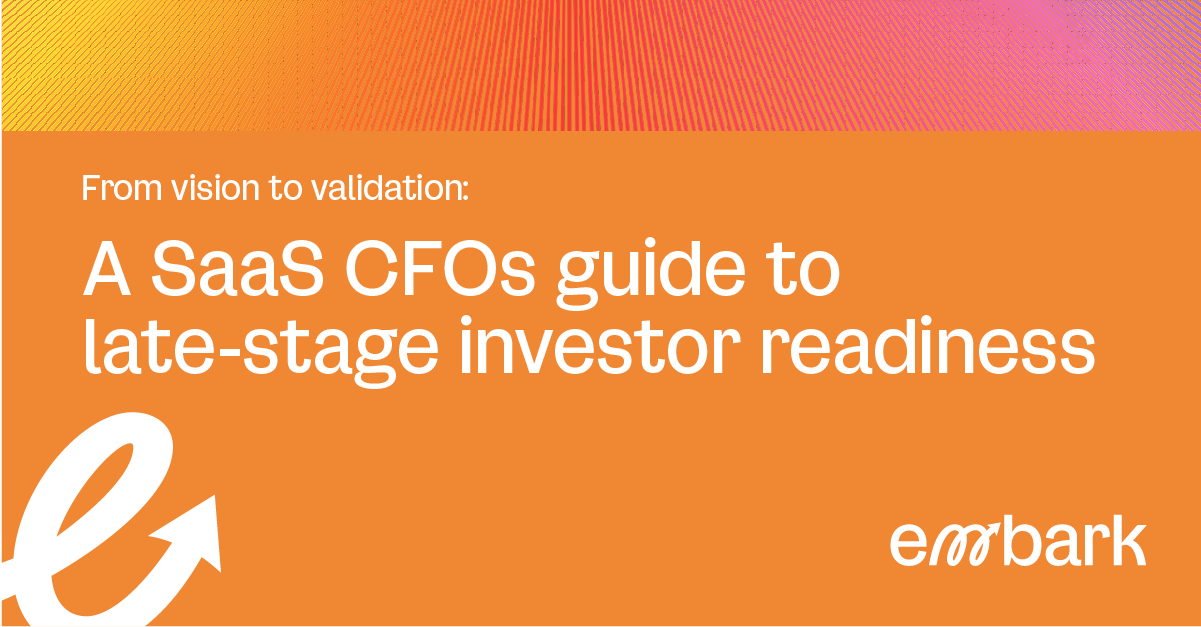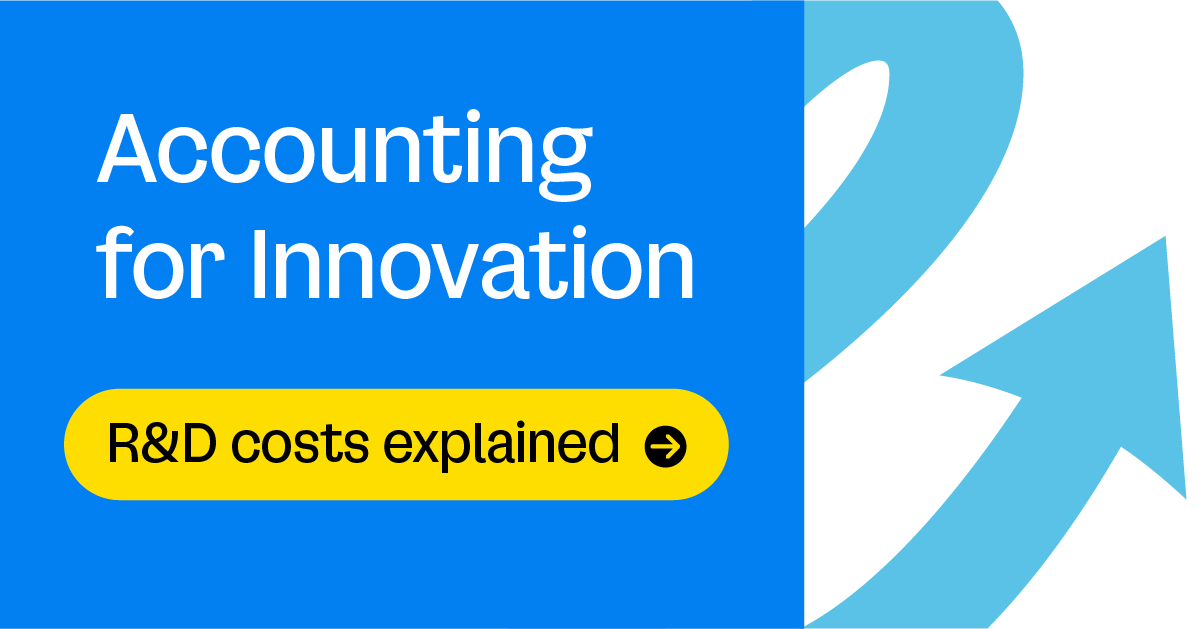
California’s landmark corporate climate disclosure laws are edging closer to reality, and with them comes mounting pressure for companies to prepare. While the statutory framework under SB 253, SB 261, and AB 1305 hasn’t changed since late 2023, the California Air Resources Board (CARB) is steadily building out the implementing details.
The second major CARB workshop, held on August 21, 2025, offered the clearest window yet into how regulators intend to operationalize the laws. Over three hours, CARB addressed fundamental questions around compliance—highlighting proposals that will directly shape reporting obligations and expectations. For covered entities, the workshop was a reminder that while the first reports aren’t due until 2026, the runway to prepare is already short.
|
Table of Contents A Quick Refresher on the CA Climate BillsWho’s In Scope? What Will It Cost? How Will Reporting Work? When Will the Rules Be Final? Final Thoughts |
A Quick Refresher on the CA Climate Bills
In case you haven’t followed every twist and turn:
- SB 253 (Climate Corporate Data Accountability Act): Requires annual disclosure of Scope 1, 2, and 3 GHG emissions for U.S.-organized entities with >$1 billion in revenues doing business in California. Scope 1 and 2 reporting starts in 2026; Scope 3 follows in 2027.
- SB 261 (Climate-Related Financial Risk Act): Requires biennial disclosure of climate-related financial risks for U.S.-organized entities with >$500 million in revenues doing business in California. First disclosures are due by January 1, 2026.
- AB 1305 (Voluntary Carbon Market Disclosures Act): Requires specified website disclosures for companies making net zero/carbon neutrality claims or purchasing voluntary carbon offsets.
For more on the statutory background and the later tweaks made by SB 219 (2024), see our prior Embark blog.
Who’s In Scope?
One of the most pressing questions since the laws passed has been: which companies will actually have to comply? CARB estimates that about 2,600 companies will fall under SB 253 and 4,100 under SB 261. A preliminary list of covered entities is expected soon, though CARB stressed that companies are responsible for compliance whether or not they appear on its list. On this topic at the August workshop, CARB made progress in refining key definitions.
Revenue Thresholds
Initially, CARB floated the idea of borrowing directly from the California Revenue and Taxation Code, defining “total annual revenues” as gross receipts. On paper, that seemed like an easy way to anchor the threshold, but in practice it raised significant concerns. Gross receipts under the tax code can sweep in a wide range of inflows that may not accurately reflect a company’s actual size or operating activity. Stakeholders also flagged two practical challenges:
- Confidentiality: Revenue data drawn from state tax filings is not publicly available, making it nearly impossible for CARB—or affected companies—to independently verify which entities meet the thresholds.
- Over-broad coverage: The gross receipts definition could inadvertently capture entities whose California activities are minor or tangential, resulting in compliance obligations disproportionate to their business footprint.
In response, CARB has shifted to a more operationally relevant proposal. Revenues would be defined as “the total global amount of money or sales a company receives from its business activities, such as selling products or providing services.” This definition has two advantages. First, it’s consistent with how most companies already track and report topline results, aligning with commercial data sources. Second, it avoids the murkiness of tax-specific definitions and instead leans on widely understood business concepts.
Still, the new approach isn’t without questions. A global revenue metric could broaden the pool of companies subject to California’s laws, even if only a fraction of their business touches the state. For example, a multinational with $1.5 billion in global sales but only limited California activity would still be pulled in if it otherwise qualifies as “doing business” in the state.
|
Embark Insight |
Companies should not assume that limited California operations equal exemption. Under CARB’s current thinking, global revenue is the measuring stick, so multinationals need to model their applicability based on consolidated worldwide revenues. This is an area to watch closely as CARB finalizes definitions, and one where providing feedback during the comment period could materially shape the outcome. |
“Doing Business in California”
When it comes to “doing business in California,” CARB has also adjusted course based on stakeholder pushback. At the May workshop, the agency initially leaned on the California Revenue and Taxation Code (RTC) Section 23101 definition. That statute casts a wide net, covering entities that (i) actively engage in any transaction for pecuniary gain, (ii) organize or commercially domicile in the state, or (iii) cross relatively low sales, property, or payroll thresholds. While useful for tax purposes, stakeholders cautioned that applying this definition in the climate law context could lead to inconsistent enforcement and practical data availability issues.
In August, CARB presented a more workable alternative: relying on the California Secretary of State’s Business Entity database. This database captures any US-organized company that registers to do business in California and designates an agent for service of process. Unlike tax data, it’s publicly available, verifiable, and easier to cross-reference with commercial datasets.
This approach, however, has its own ripple effects. By anchoring the “doing business” test to Secretary of State registrations, CARB may sweep in a broader set of companies, including those with relatively light footprints in the state. For example, a foreign or out-of-state entity that registers simply to cover occasional transactions—or maintain a compliance presence through an agent—could still find itself within the scope of SB 253 or SB 261. CARB acknowledged this complexity and invited input on the implications of using the database as the baseline.
Another gray area is entity form. Commenters at the workshop pointed out that certain organizations, like partnerships or funds, don’t always appear in the Secretary of State’s registry but could still be transacting in California. CARB made clear that absence from its presumptive list will not relieve an entity from compliance if it otherwise meets the revenue and business thresholds.
|
Embark Insight |
Companies cannot assume they’re off the hook simply because they’re not registered or initially identified by CARB. If your operations, partnerships, or subsidiaries touch California—even indirectly—it’s critical to conduct a proactive applicability analysis. Equally important, companies should consider commenting on the practicality of using the Secretary of State database to ensure the final rules don’t unintentionally capture (or exclude) entities in ways that distort the law’s intent. |
Parent-Subsidiary Relationships
The treatment of subsidiaries is another challenging issue. At the May workshop, CARB floated the idea of borrowing definitions from California’s cap-and-trade program to determine which entities qualify as subsidiaries for reporting purposes. While that was a starting point, the feedback was clear: corporate structures can be complex, especially for multinationals, and a rigid definition risks creating overlapping or duplicative reporting obligations.
In response, CARB is now considering a hybrid approach. This would involve cross-referencing commercial databases, the Secretary of State registry, and potentially Franchise Tax Board data to map corporate hierarchies. At the same time, CARB signaled openness to a voluntary self-reporting process, where companies could submit parent–subsidiary relationships proactively to streamline compliance. This could help avoid scenarios where multiple subsidiaries within the same corporate group are each required to prepare separate disclosures, even though consolidated parent-level reporting would suffice.
CARB was explicit on one point: subsidiaries won’t escape the annual fee. Even if reporting is consolidated at the parent level, each subsidiary that meets the thresholds will owe its own program fee. For large corporate families with multiple California subsidiaries, the cumulative costs could add up quickly.
|
Embark Insight |
Companies with complex entity structures should begin mapping their parent–subsidiary relationships now and prepare for the likelihood of separate fee assessments. Engaging in the comment process could be critical for influencing how CARB balances administrative efficiency with fairness in fee allocation. |
Exemptions
At the same time, CARB is looking at where to draw the line on applicability. Based on stakeholder input, several categories of entities may be excluded from SB 253 and SB 261:
- Nonprofits — which don’t fit neatly into the “doing business” construct and often lack the same scale or financial drivers.
- Government entities — excluded because they are not formed under business entity laws, as defined in the legislation.
- Telework-only businesses — where a company’s sole California presence is remote employees. This exemption responds to concerns about overly broad application in the age of distributed workforces.
- Wholesale electricity traders — specifically, entities whose only California activity is participating in interstate wholesale power transactions.
While these carveouts are helpful, they also introduce new edge cases. For example, several commenters raised questions about whether investment funds or holding companies with no direct employees in California could also be exempt under the same rationale as telework-only businesses. CARB didn’t commit to an answer but left the door open for further input.
|
Embark Insight |
Even if your organization appears to fall within one of these proposed exemptions, don’t assume the issue is settled. Companies should monitor how CARB ultimately defines each category and, where relevant, submit comments clarifying why an exemption is appropriate. The treatment of investment funds, holding structures, and utilities remains particularly unsettled. |
What Will It Cost?
Beyond compliance workstreams, CARB made clear that companies will also be footing the bill for program administration.
- CARB has authority to levy annual fees, similar to California’s cap-and-trade program. Initial setup costs are estimated at $20.7 million, with ongoing costs of $13.9 million per year.
- Using those assumptions, CARB projects annual fees of $3,106 for SB 253 entities and $1,403 for SB 261 entities. Companies subject to both laws will pay both fees, and each subsidiary will owe fees even if consolidated reporting is permitted.
This fee structure creates a straightforward mechanism but underscores how compliance costs go beyond internal reporting systems and assurance providers.
|
Embark Insight |
Companies should begin budgeting now for annual CARB fees, in addition to the potentially larger costs of building reporting infrastructure, hiring third-party advisors and assurance providers, and maintaining internal controls around climate data. |
How Will Reporting Work?
CARB’s August workshop provided some of the most tangible details to date on how disclosures under SB 253 and SB 261 will need to be structured. While the statutory requirements are broad, the implementation details will shape how burdensome—or achievable—compliance becomes for companies.
SB 253 (GHG Emissions Reporting)
- Deadline: CARB is proposing a June 30, 2026 deadline for initial Scope 1 and 2 reporting (covering fiscal 2025). This “one-size-fits-all” approach creates administrative simplicity for the state, but it may create real headaches for companies with fiscal years that don’t align with the calendar year. For instance, a uniform June 30, 2026 date gives calendar-year filers roughly six months to compile and obtain assurance on FY 2025 data, while off-calendar filers may have more time—but still need to validate data and assurance timelines now.
- Templates: To promote consistency, CARB will publish draft reporting templates by the end of September 2025 for public comment. These templates will include core data fields for Scope 1 and 2 emissions and optional sections to capture emissions-reducing initiatives like renewable energy purchases or efficiency upgrades. The use of templates should help create comparability across companies, but also raises questions about whether “optional” data fields may eventually become de facto expectations once peer companies begin populating them.
- Assurance: SB 253 requires third-party assurance of emissions data—a major lift for most companies. CARB confirmed that limited assurance will apply to Scope 1 and 2 starting in 2026, with requirements ratcheting up to reasonable assurance in later years, and Scope 3 limited assurance beginning in 2030. At the workshop, CARB named several possible standards, but emphasized it will not be accrediting assurance providers directly. This means companies will need to select their own providers, and competition for capacity is expected to be fierce. Many companies may find themselves competing for a relatively small pool of qualified assurance providers who are simultaneously ramping up for global sustainability assurance obligations under the ISSB and CSRD.
|
Embark Insight |
Companies should start building internal readiness for assurance now. That means strengthening internal controls around emissions data collection and documenting methodologies well ahead of the 2026 deadline. Waiting until CARB finalizes standards may leave too little time to prepare. |
SB 261 (Climate Risk Disclosures)
- Deadline: Covered companies must publish their first climate risk reports by January 1, 2026, and also post them to CARB’s public docket by July 1, 2026. The dual requirement ensures that reports are both visible to stakeholders and housed in a centralized state platform.
- Minimum Expectations: CARB emphasized a “good faith” approach for the first round of reports, reflecting the reality that many companies are still building climate risk assessment capabilities. Reporting should align with the four pillars of the Task Force on Climate-Related Financial Disclosures (TCFD) and IFRS S2:
- Governance — oversight of climate-related risks and opportunities at both management and board levels.
- Strategy — the actual and potential impacts of climate risks and opportunities on the business model and planning.
- Risk Management — processes for identifying, assessing, and managing climate-related risks.
- Metrics and Targets — the data and targets companies use to monitor and address climate risks.
- Importantly, CARB signaled that emissions metrics and scenario analysis will not be mandatory for the first cycle. If companies already have emissions data or scenario work, they are expected to disclose it, but the absence of these elements won’t put them out of compliance. CARB made clear it is prioritizing participation and transparency in the early years, rather than setting an unrealistic bar.
- Format: Each report should identify the reporting framework used (e.g., TCFD, IFRS S2, or equivalent), specify which recommended disclosures were included, and provide a short explanation for omissions and whether they may be added in future cycles.
|
Embark Insight |
Companies should not treat “good faith” as a license to do the bare minimum. Investors, regulators, and other stakeholders will still scrutinize these disclosures. A thoughtful, transparent approach—explaining gaps and laying out a plan to improve over time—will go a long way toward building credibility and reducing reputational risk. |
When Will the Rules Be Final?
CARB’s roadmap for finalizing regulations is beginning to crystallize, and the next six months will likely determine how much clarity companies will have heading into the first compliance cycle. While CARB missed its original July 2025 statutory deadline to issue implementing regulations, it has laid out a sequence of milestones that will push the process forward:
- August 21–September 11, 2025: Public comment period. Companies and stakeholders have a three-week window to provide input on the concepts CARB floated in the August workshop. This is one of the best opportunities for companies to influence outcomes—whether it’s around revenue definitions, “doing business in California,” subsidiary treatment, or exemptions.
- October 14, 2025: Notice of proposed rulemaking. This will be the first time companies see actual draft regulatory text, rather than staff concepts or FAQs. The notice is expected to include fee structures, scoping definitions, and mechanics around reporting and assurance. It will effectively set the table for the Administrative Procedure Act (APA) process.
- October–November 2025: APA comment period. Once the proposed regulations are published, a formal 45-day public comment period will open under the APA. This will allow stakeholders to provide detailed, legal comments on the regulatory text. Companies should be prepared to comment not just on broad concepts but on specific language, as this is the window where CARB will refine the final regulations.
- December 11–12, 2025: CARB Board hearing. CARB’s governing board will hold a public meeting to consider adoption of the proposed regulations. This will likely be a high-profile session, drawing attention from both business groups and environmental advocates, and could include last-minute amendments before adoption.
|
Embark Insight |
Companies should not wait until the rules are finalized to begin preparing. The direction of travel is already clear—emissions reporting, assurance, and climate risk disclosures are coming. Treat 2025 as a build year: test data systems, align reporting to TCFD or IFRS S2, and engage with the rulemaking process to help ensure final regulations are workable. |
Final Thoughts
California’s climate disclosure laws are reshaping the regulatory landscape—and, by extension, corporate accountability. With CARB’s workshops fleshing out the “how” behind the laws, companies now have a clearer picture of what lies ahead. The message is clear: early preparation is not optional, but essential.
At Embark, we’ll continue monitoring CARB’s progress and sharing insights as deadlines approach. If your organization is evaluating its readiness for SB 253 or SB 261—or simply trying to make sense of the evolving ESG disclosure landscape—we’re here to help.






